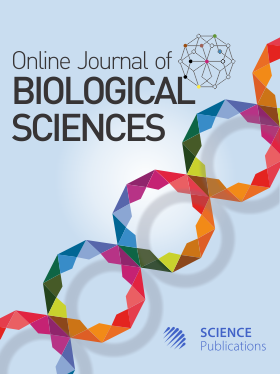Fabrication of Carboxymethyl Cellulose (CMC) Derived from Themeda gigantea Cellulose with Various Concentrations of Sodium Monochloroacetate
- 1 Department of Food and Agricultural Product Technology, Faculty of Agricultural Technology, Universitas Andalas, Limau Manis-Padang, Indonesia
- 2 Department of Mechanical Engineering, Malang State University, Malang, Indonesia
- 3 Culinary Study Program, Department of Home Economics, Faculty of Tourism and Hospitality, Universitas Negeri Padang, Indonesia
- 4 Research Center for Ethnoscience and Development of Natural Science Learning, Universitas Negeri Padang, Padang, Indonesia
- 5 Department of Agro-Industrial Technology, Faculty of Agricultural Technology, Universitas Andalas, Limau Manis-Padang, Indonesia
- 6 Department of Chemistry, Faculty of Mathematics and Natural Science, Universitas Andalas Limau Manis-Padang, Indonesia
Abstract
The purpose of this study was to determine the properties of Carboxymethyl Cellulose (CMC) obtained from pimping stems (Themeda gigantea). There has yet to be a report on utilizing Themeda gigantea as a source of CMC raw materials. CMC was produced by varying the amount of Sodium Monochloroacetate (SMCA) as a carboxymethylation material. This study consisted of five SMCA treatments, adding 5, 6, 7, 8, and 9 g, respectively. The test parameters in this study were the characterization of the cellulose components in pimping stems and CMC produced after the carboxymethylation process. The results of the analysis showed that pimping stems contained relatively high cellulose of 51.83%; thus, it had the potential to be developed as raw materials for CMC. The addition of SMCA significantly impacted the properties of the resulting CMC, except for water content and solubility. Adding 8 grams of SMCA produced the best results in this investigation, as determined by the observation parameters. In summary, the properties of CMC produced in this study are comparable to commercially available CMC and meet the Indonesian National Standard for Class II requirements. Further study should be conducted to improve the purity of CMC and eliminate the presence of NaCl to make CMC that meets class I standards.
DOI: https://doi.org/10.3844/ojbsci.2025.104.114

- 681 Views
- 397 Downloads
- 0 Citations
Download
Keywords
- Carboxymethylation
- Cellulose
- Degree of Substitution
- Lignocellulose
- Viscosity
